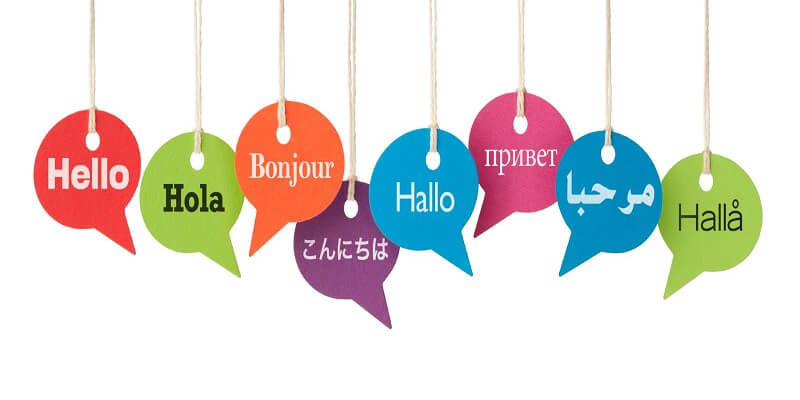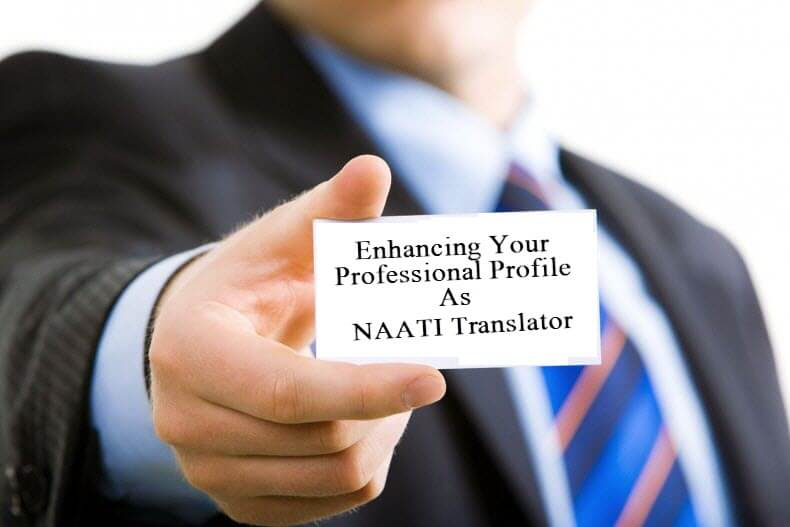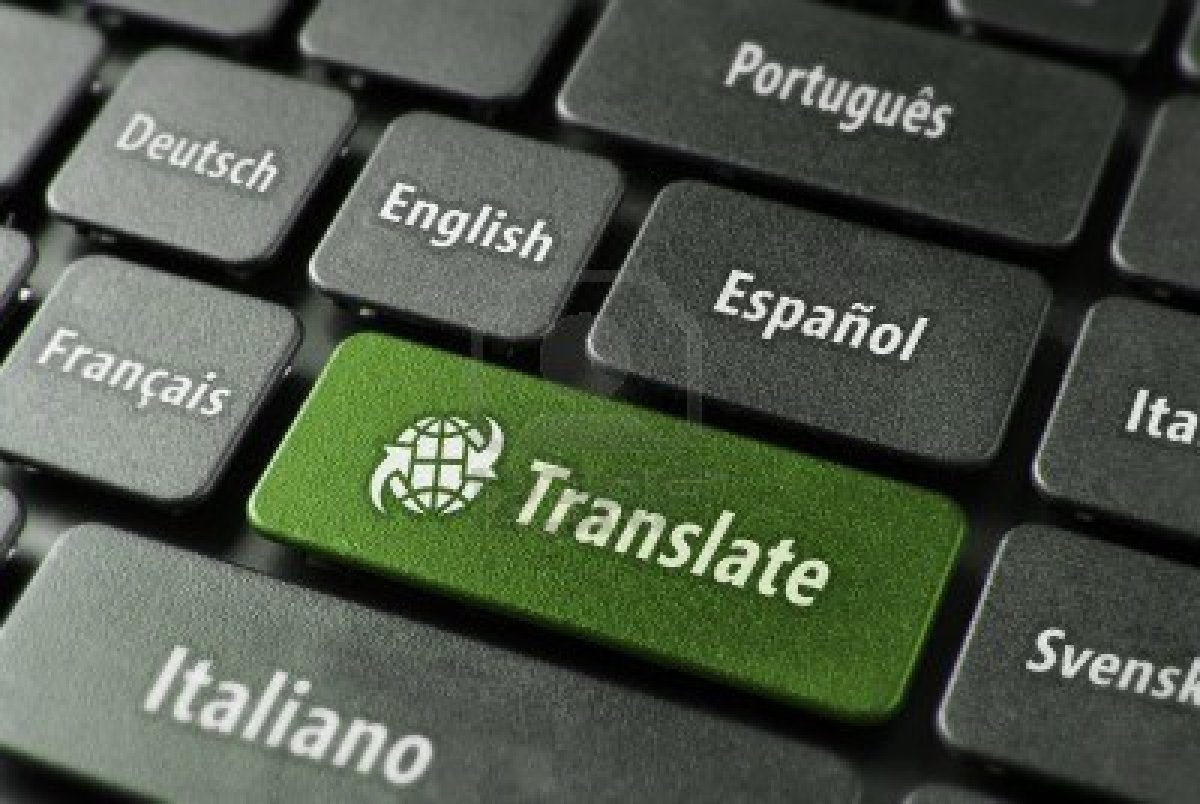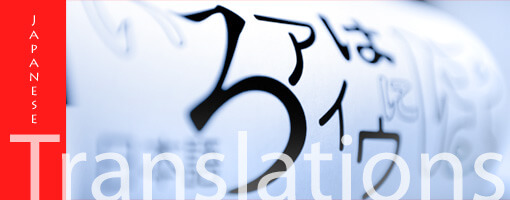Professional translation services are now more in demand than ever before because of the growth in the Internet and the desire to communicate with people worldwide. It’s not just day to day communication that needs to be translated but there is a great demand for NAATI translators to translate whole books and a huge variety of advertising material so that it can be read by the global audience and its consumers. Business opportunities for NAATI translation services have seen profits grow in recent years.
Decide Your Language Specialization
A professional translation service provider needs to be proficient in no less than two languages and as so much print media including websites is in English it is important to be fluent in English as well as a second language. Japanese, French, German and Spanish are increasingly important for all types of business translations. However, there are other important languages in demand too.

Go Professional Is The Best Way
The best way to be a successful NAATI translator is to be either college qualified in your two languages or attend some professional language training courses to bring your language standards to that required to conduct an excellent NAATI translation.
The demand is of course always for professionals so you need to give your translation business a professional appearance so that you attract the best clients.
Advertising Your Business As a NAATI Translation Service
The best way to advertise is to set up a blog and start writing blog posts regularly. It should be first posted in English and then you can translate it into you second chosen language which should be posted next to your English post. Through doing this your existence becomes known and your translation abilities are being showcased at the same time. You should insert your contact details clearly in your blog post.
Finding Work
You should register with a translation agency that uses NAATI translators and you can expect to get more work than going it alone. Once you have completed a NAATI translation project don’t forget to remind the outgoing client of your contact details including your blog URL. Word of mouth is often a good way of reaching out to new clients.
Enhancing Your Professional Profile
How you market your professional profile partially relates to the demands of the current market. If, for example, there is a rush for legal document translations make sure you cash in on this event. You should advertise your abilities in this area so you can be more attractive to the market. You should bookmark your favourite translation news websites so you can keep abreast of the market and be ready when demand favours your skills. Being a NAATI translator gives you a head start when someone is looking for a good translator in their language pair.












